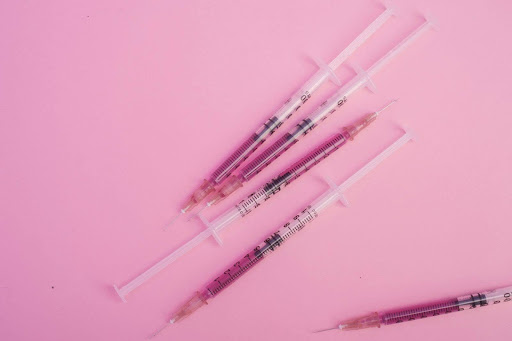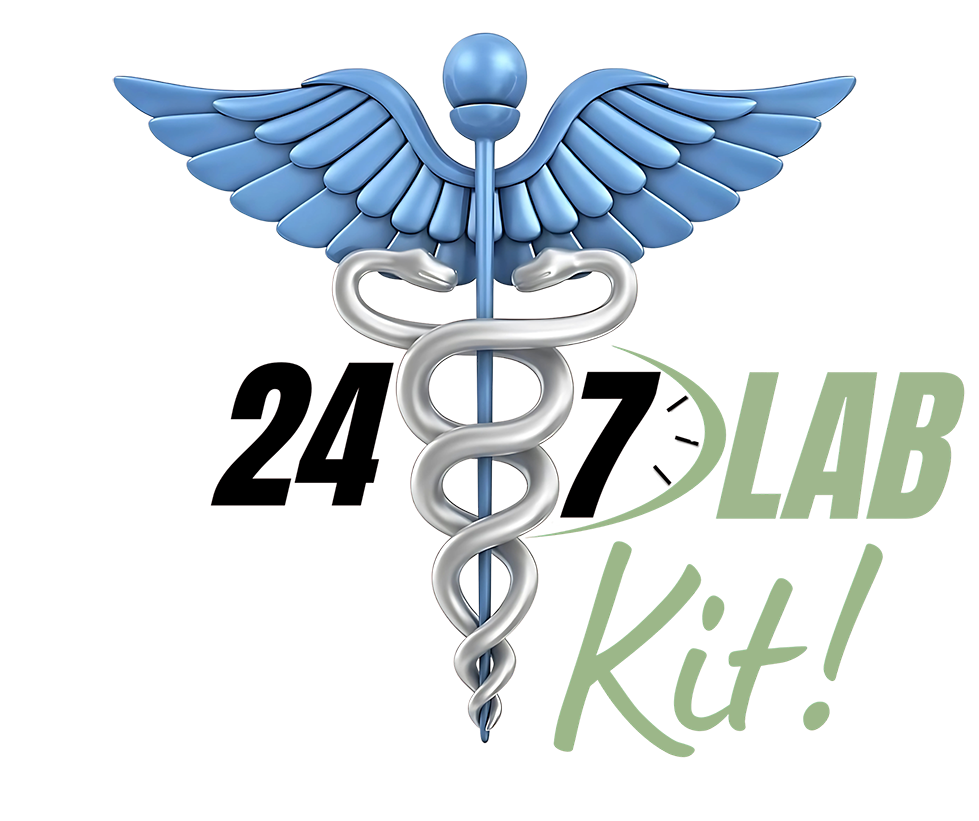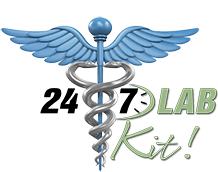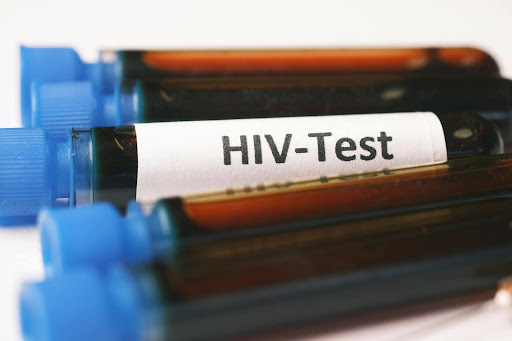The Basics of HIV Transmission
Non-Penetrative Exposures: What You Need to Know

Here are a few key points to consider:
- No ejaculation does not equal no risk: The pre-ejaculate fluid itself can carry the virus and transmit HIV if it comes in contact with mucous membranes or damaged tissue.
- Skin-to-skin contact: While HIV does not spread through casual contact, activities that involve the exchange of bodily fluids, like heavy petting or shared use of sex toys, can pose risks if cuts or sores are present.
For more detailed information on how HIV is transmitted, visit reputable sources such as CDC’s HIV Transmission page and Healthline’s detailed guide.

Reducing Your Risk
Understanding how HIV is transmitted is the first step in protecting yourself and others. Here are some practical steps to reduce the risk of HIV:
- Use Protection: Consistently using condoms during sexual activities can significantly reduce the risk of HIV transmission.
- Regular Testing: Knowing your and your partner’s HIV status can help make informed decisions. Regular testing is crucial, especially if you have multiple partners or engage in high-risk behaviors.
For those who want to take charge of their health discreetly and conveniently, consider an at-home HIV test. At 247Labkit, we offer reliable and private testing solutions that can help you know your status without the need to visit a clinic.
HIV prevention begins with education and awareness. By debunking myths and spreading accurate information, we can protect ourselves and others more effectively. Remember, it’s essential to get tested regularly and engage in safe practices to keep the risk of HIV at bay.






Comments are closed